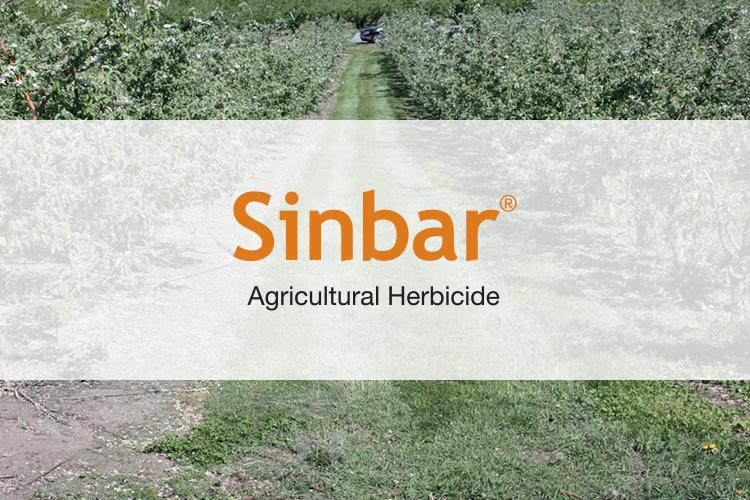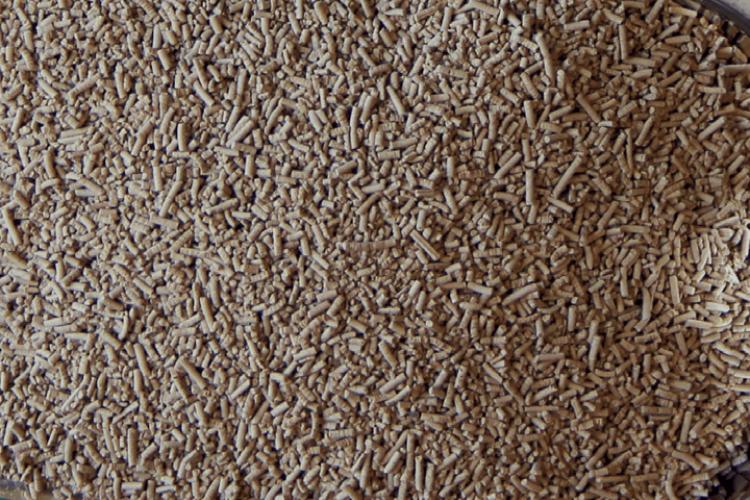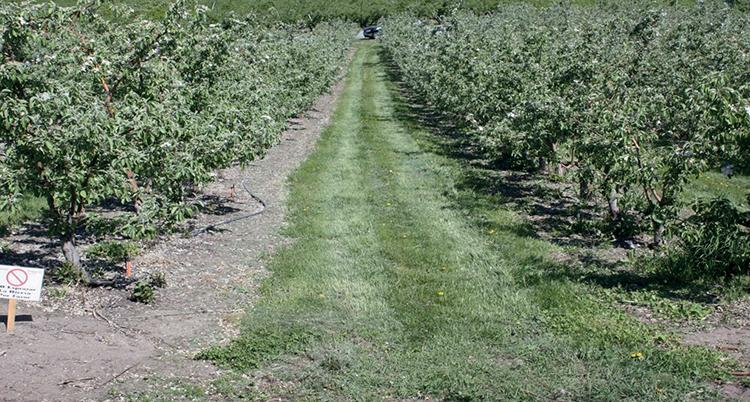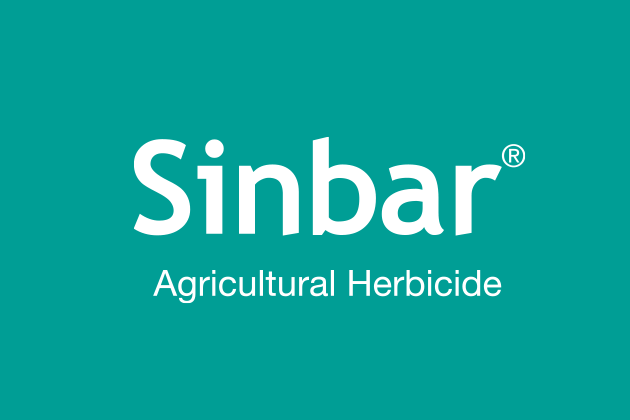Control Herbicide Resistant Marestail in Apples and Peaches

Control Herbicide Resistant Marestail with Sinbar® WDG Agricultural Herbicide
Orchard weed management is becoming more challenging as weed shifts occur due to herbicide resistance. Tree injury from glyphosate overuse is more common, and “traditional” herbicide programs are no longer providing adequate control. And, certain weed species such as marestail are emerging as a significant problem in some orchards.
Resistance Management
When herbicides that affect the same biological site of action are used repeatedly over several years to control the same weed species in orchards, naturally occurring resistant biotypes may survive, propagate and become dominant in that block. To manage herbicide resistance, changing cultural practices within and between seasons such as using a combination of tillage, re-treatment, tank-mix partners and/or sequential herbicide applications that have a different mode of action can help.
SINBAR WDG is a dependable tool for use as a pre-emergent herbicide in apple orchard management. Terbacil, the active ingredient in SINBAR WDG, is a Group 5 herbicide (Photosystem II Inhibitors) and provides a good rotation tool in a comprehensive resistance management program. Rotate and/or tank-mix SINBAR WDG with other herbicide products from different groups for best results.
No single product provides season-long control, and the successful use of SINBAR WDG will be based on many factors including:
-
Soil Texture and Soil Organic Matter
SINBAR WDG is normally not for use on sand and gravel soil types. Use lower rates on coarse-textured soils (low in clay or organic matter) and the higher rate on fine- textured soils (high in clay or organic matter). Care must be taken for use of SINBAR WDG on soils with less than one percent organic matter, as severe crop injury may occur. Refer to the label for full use directions.
-
Proper Application Rates and Techniques
Overuse or high rates of SINBAR WDG to certain soil types may cause injury. Consult local agricultural experts for specific recommendations available in your area. Consult the SINBAR WDG specimen label for complete instructions, precautions and recommendations.
-
Soil Moisture and Soil Temperature
Moisture is required to activate the herbicide; best results occur if rainfall (or sprinkler irrigation) occurs within two weeks after application. Warm temperatures accelerate the translocation of SINBAR WDG. Weed control may be slower at lower temperatures.

New! WDG formulation is easier and faster to mix and load.
The new SINBAR WDG formulation is free-flowing, virtually dust-free and easier to handle, measure and mix.
2011 – 2012 Field Trials: Pacific Northwest
Key Findings:
- The weed spectrum in Pacific Northwest (PNW) orchards is changing and current herbicides are not always giving satisfactory weed control.
- Marestail is a key problem and is not controlled by some of the newer herbicides.
- Glyphosate is still effective where resistant weeds are not present, but concerns over tree injury are leading some growers to look for other options.
- Where weed resistance is identified, more modes of action should be inserted in to herbicide programs. • No single pre-emergent herbicide application will last a growing season.
- SINBAR is a compatible tank-mix partner with most herbicides, and is now available in an easy to use WDG formulation.
- SINBAR controls a large number of weeds including marestail. SINBAR @ 1 lb/A + Diuron @ 2 lbs/A applied in the fall or spring is an excellent broad spectrum soil residual weed control program. In the PNW strip trials (see below) this program has given outstanding weed control.



